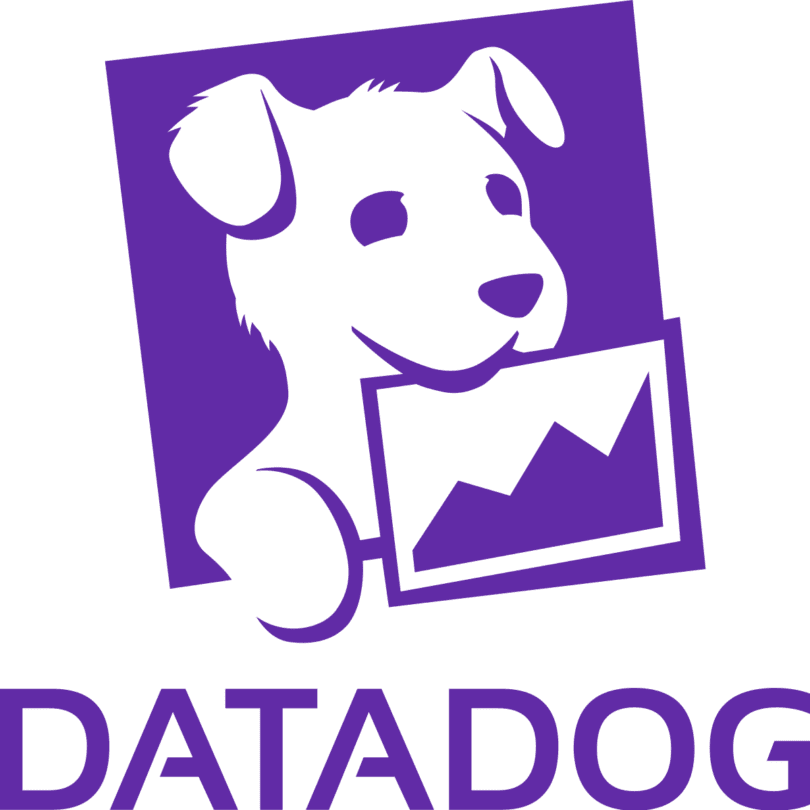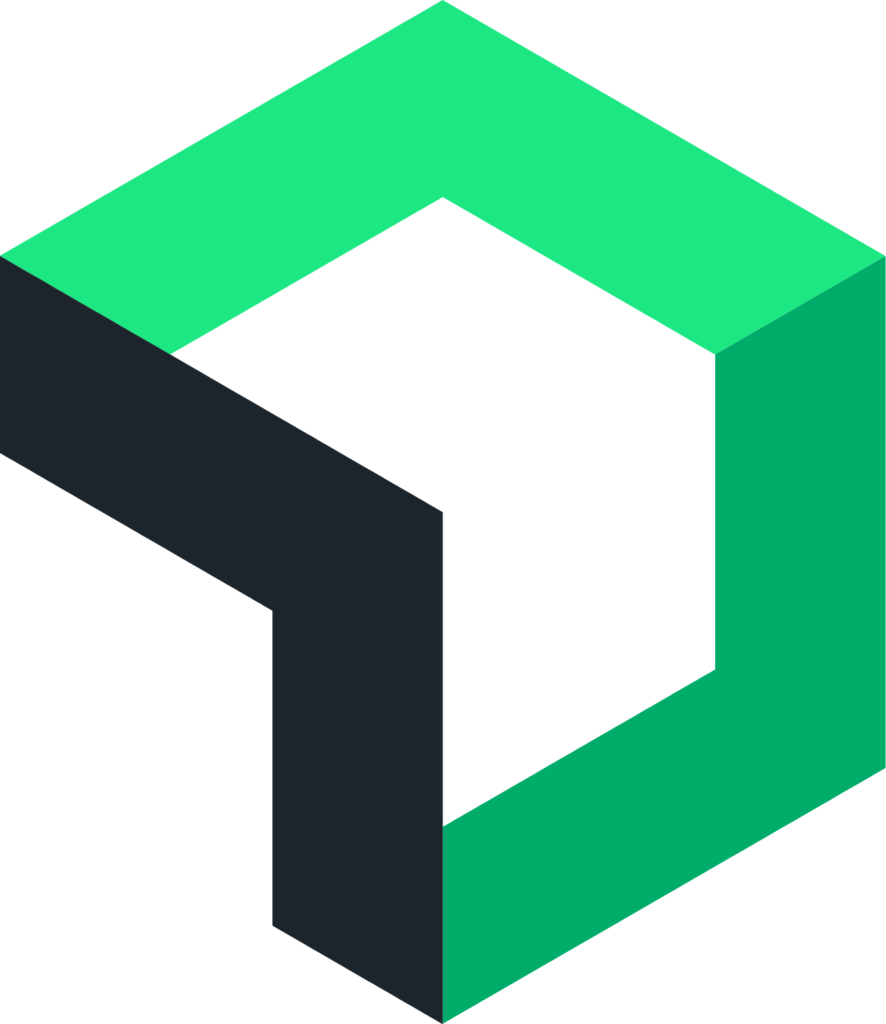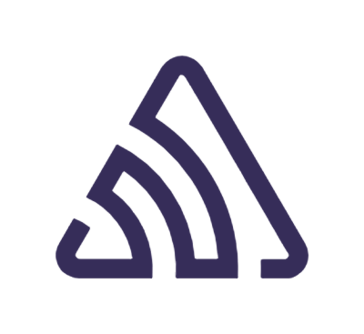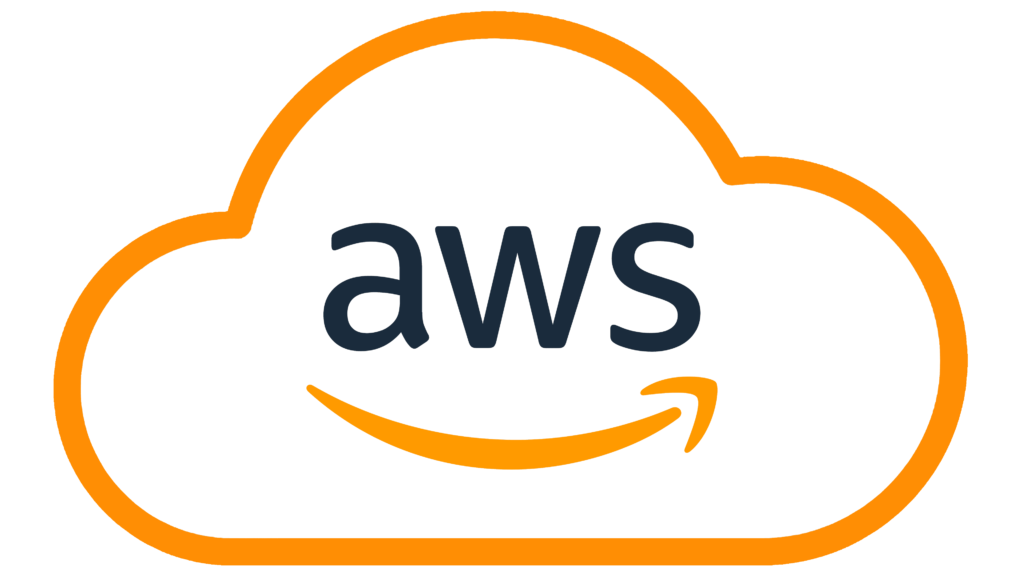What DevOps Tools Provide
DevOps monitoring tools play a crucial role in the success of engineering teams by keeping a close eye on the health and vitals of systems and applications. These tools enable developers to proactively identify and address issues before they escalate into outages or performance degradation.
Through continuous monitoring, engineers can swiftly detect problems in their early stages and take immediate action to prevent any negative impact. By closely monitoring hardware resources such as the CPU and disk space, DevOps teams gain improved visibility into the performance of these components, ensuring they are functioning optimally.
DevOps monitoring tools provide engineers with essential insights into the overall health and performance of their systems and applications. This enhanced visibility allows them to identify potential bottlenecks, resource limitations, or any other underlying issues that may affect the system’s performance or reliability.
By regularly monitoring and analyzing logs and metrics, engineering teams can quickly diagnose problems and determine the root causes of any abnormalities. This enables them to make continuous improvements and implement necessary fixes, ensuring optimal system performance.
In addition to problem detection and diagnosis, DevOps monitoring tools also facilitate collaboration and automation within engineering teams. They help create a continuous feedback loop by providing real-time data and insights, allowing for improved communication and coordination between team members.
Ultimately, the thoroughness of DevOps monitoring tools empowers engineering teams to optimize their software development process. By identifying and addressing performance, security, and cost-related issues, these tools enhance efficiency, problem-solving capabilities, and overall productivity.
Better Visibility
DevOps teams need to properly diagnose problems in order to make continuous improvements. These tools are meant to provide improved visibility on what resources need to be considered and how well they are functioning. Through improved visibility, developers can have an easier time finding problems before they worsen.





